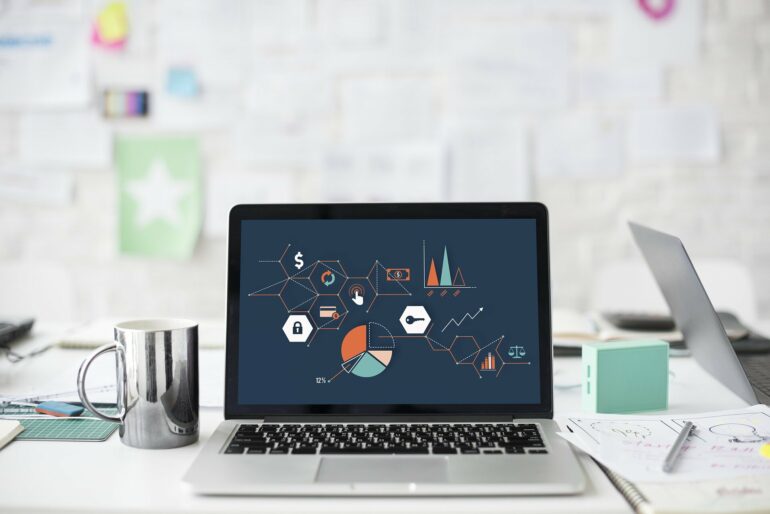In an era where digital devices are everywhere, the term “screen time” has become a buzz phrase in discussions about technology’s impact on people’s lives. Parents are concerned about their children’s screen habits. But what if this entire approach to screen time is fundamentally flawed?
While researchers have made advances in measuring screen use, a detailed critique of the research in 2020 revealed major issues in how screen time is conceptualized, measured and studied. I study how digital technology affects human cognition and emotions. My ongoing research with cognitive psychologist Nelson Roque builds on that critique’s findings.
We categorized existing screen-time measures, mapping them to attributes like whether they are duration-based or context-specific, and are studying how they relate to health outcomes such as anxiety, stress, depression, loneliness, mood and sleep quality, creating a clearer framework for understanding screen time. We believe that grouping all digital activities together misses how different types of screen use affect people.
By applying this framework, researchers can better identify which digital activities are beneficial or potentially harmful, allowing people to adopt more intentional screen habits that support well-being and reduce negative mental and emotional health effects.
Screen time isn’t one thing
Screen time, at first glance, seems easy to understand: It’s simply the time spent on devices with screens such as smartphones, tablets, laptops and TVs. But this basic definition hides the variety within people’s digital activities. To truly understand screen time’s impact, you need to look closer at specific digital activities and how each affects cognitive function and mental health.
In our research, we divide screen time into four broad categories: educational use, work-related use, social interaction and entertainment.
For education, activities like online classes and reading articles can improve cognitive skills like problem-solving and critical thinking. Digital tools like mobile apps can support learning by boosting motivation, self-regulation and self-control.
But these tools also pose challenges, such as distracting learners and contributing to poorer recall compared with traditional learning methods. For young users, screen-based learning may even have negative impacts on development and their social environment.
Screen time for work, like writing reports or attending virtual meetings, is a central part of modern life. It can improve productivity and enable remote work. However, prolonged screen exposure and multitasking may also lead to stress, anxiety and cognitive fatigue.
Screen use for social connection helps people interact with others through video chats, social media or online communities. These interactions can promote social connectedness and even improve health outcomes such as decreased depressive symptoms and improved glycemic control for people…



